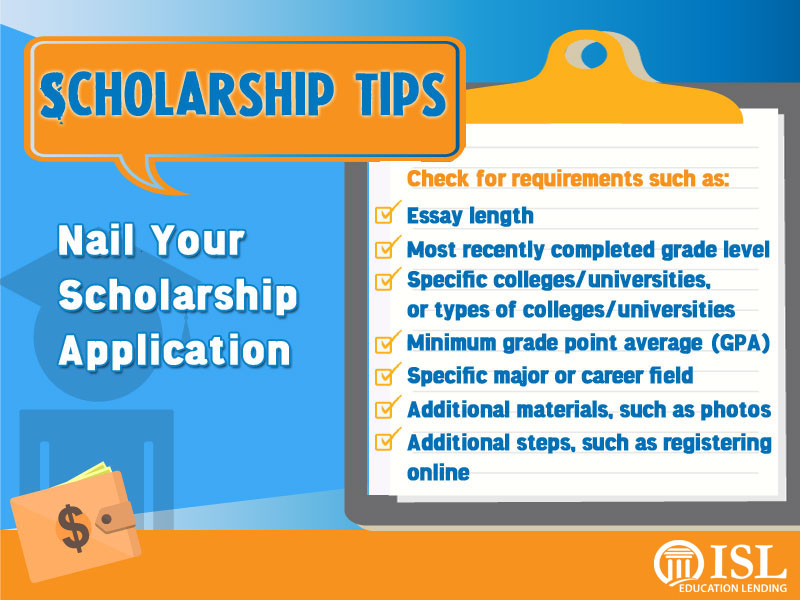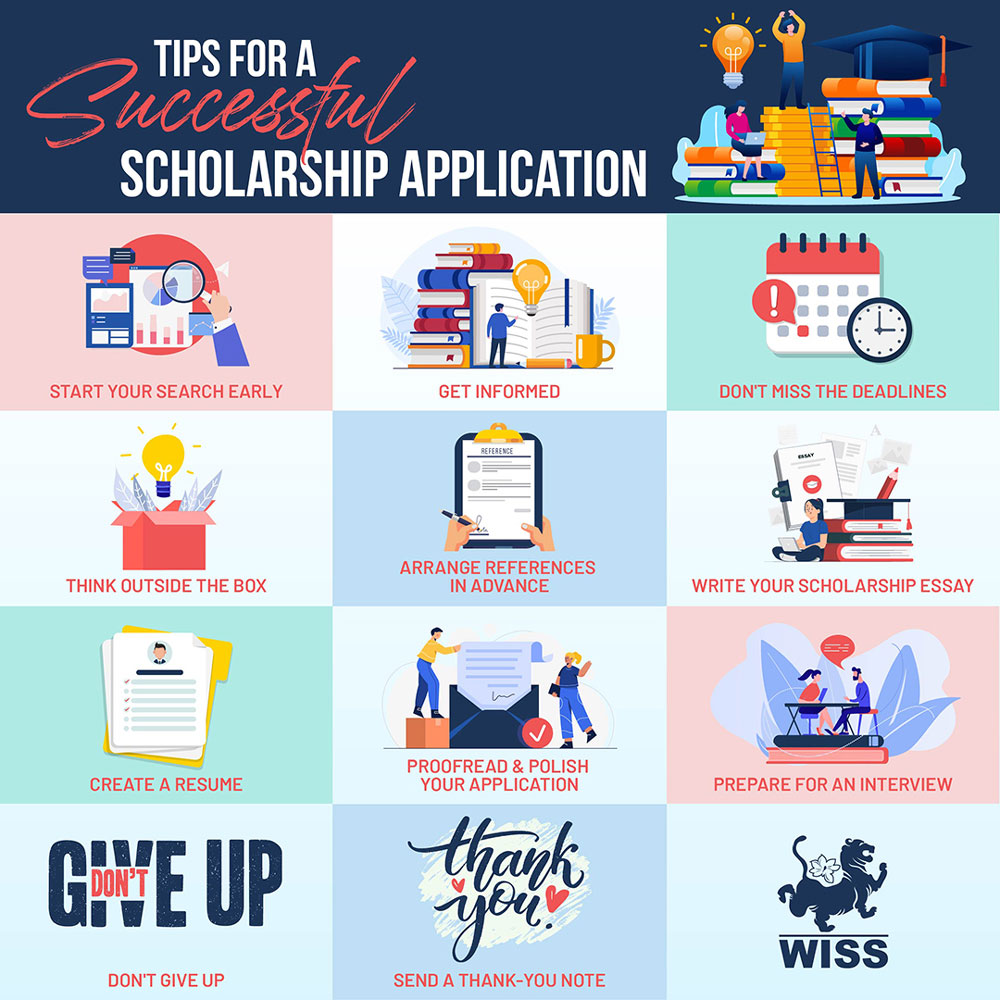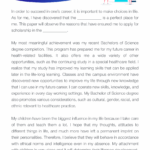How I Landed Scholarships to Fund My Dreams: A Beginner’s Guide from My Own Journey
I remember it like it was yesterday. Sitting in my small room, staring at university brochures, a mix of excitement and dread churning in my stomach. The dream of studying abroad, of exploring new horizons, felt so real, yet so far away. Why? Because the price tag attached to that dream was absolutely terrifying. My family just didn’t have that kind of money, and I knew it.
Then, someone mentioned scholarships. At first, it sounded like some mythical treasure hunt only for geniuses. But desperate times call for desperate measures, right? So, I decided to dive in, headfirst, and figure it out. It wasn’t easy. There were tears, rejections, and moments I wanted to give up. But eventually, I started to figure things out. And guess what? I ended up getting enough scholarships to make that dream a reality.
Now, I want to share with you what I learned, not as an expert who knows it all, but as someone who walked that path, tripped a few times, and finally found the way. If I can do it, you absolutely can too.
Let’s break down the scholarship game, step by step, just like I did.
1. Start Early, Seriously Early. Don’t Be Like Me!
My biggest mistake was thinking I had all the time in the world. I waited until a few months before application deadlines, and let me tell you, that was stressful! Scholarships often have deadlines up to a year or even more before your study program begins.
What I Learned:
- Time is your friend. The earlier you start, the more scholarships you can find, and the more time you have to perfect your applications.
- Gather documents. Things like transcripts, recommendation letters, and essays take time to prepare. You don’t want to rush your teachers or professors for a last-minute letter.
- Think ahead. Even if you’re still in high school, start looking into scholarships for university. If you’re already in university, look for graduate school scholarships.
2. Research is Your Superpower (and It’s Not Just Google!)
When I first started, I just typed "scholarships for [my major]" into Google and hoped for the best. While Google is a good starting point, it’s just the tip of the iceberg.
What I Learned:
- Go beyond the obvious. Many scholarships are offered by smaller organizations, local charities, or specific alumni groups that don’t have big websites.
- Check university websites. Many universities have their own scholarships, often listed on their financial aid or admissions pages. These are sometimes less competitive because only their applicants apply.
- Explore scholarship databases. Websites like Fastweb, Scholarship.com, Chegg, or specific government education sites (like Fulbright for international students) list thousands of opportunities. Filter them carefully!
- Look into your specific background. Are you from a certain town? Do you have a unique hobby? Are you a first-generation college student? Many scholarships are super specific, and that’s where your unique story can shine.
- Ask around. Talk to your school counselor, teachers, or professors. They might know about local scholarships or programs that aren’t widely advertised.
3. Understand Each Scholarship’s Heart: It’s Not One-Size-Fits-All
This was a big "aha!" moment for me. I used to just copy-paste my essay and change a few words. Big mistake. Each scholarship has a reason for existing, a "mission" or a "heart."
What I Learned:
- Read the requirements carefully. I mean, really carefully. Does it require a specific GPA? Is it for a particular field of study? Do you need to be from a certain region? Don’t waste your time applying if you don’t fit the basic criteria.
- Find out what they value. Some scholarships prioritize academic excellence, others community service, leadership, or financial need. Your application should highlight what they’re looking for.
- Tailor everything. Your essay, your list of activities, even your recommendation letters should subtly reflect the values of the scholarship provider. If they love community service, make sure your essay talks about your volunteering.
4. The Essay: Your Story, Unfiltered and From the Heart
This was my favorite part, but also the most daunting. How do you stand out among hundreds, or even thousands, of applicants? By telling your story.
What I Learned:
- Answer the prompt directly. Don’t beat around the bush. If they ask about a challenge you overcame, tell them about a challenge you overcame, not just your life story.
- Show, don’t just tell. Instead of saying "I am a leader," tell a story about a time you led a team or initiative. Describe the situation, your actions, and the outcome. Make them feel like they were there with you.
- Be authentic. Don’t try to be someone you’re not. Your unique experiences and perspectives are what make you, you. Whether it’s a quirky hobby, a challenging family situation, or a passion project, share it honestly.
- Start with a hook. Grab their attention from the first sentence. A short anecdote, a thought-provoking question, or a vivid description can work wonders.
- Tell a story with a clear beginning, middle, and end. Even if it’s a short essay, structure it like a mini-story about you.
- Proofread, proofread, proofread (more on this later!). A well-written essay with no mistakes shows you’re serious.
- Get feedback. Ask a trusted teacher, mentor, or even a friend to read your essay. They might spot something you missed or suggest improvements.
5. Recommendations: Choose Your Champions Wisely
I was nervous to ask people for recommendation letters. It felt like asking for a huge favor. But these letters are super important because they give scholarship committees an outside perspective on who you are.
What I Learned:
- Ask early. Give your recommenders plenty of time – at least a few weeks, if not more. They’re busy people!
- Choose people who know you well. A generic letter from someone important but who doesn’t know you well is less impactful than a heartfelt letter from a teacher who truly understands your abilities and character.
- Provide them with information. Don’t just say "Can you write me a letter?" Give them:
- The scholarship name and what it’s for.
- The deadline.
- What the scholarship values (e.g., leadership, academic achievement).
- Your resume or a list of your accomplishments and activities.
- A reminder of specific projects or moments you shared that they could mention.
- Be polite and grateful. A "thank you" note or email goes a long way!
6. Proofread, Proofread, Then Proofread Again. And Again!
My worst nightmare was a silly typo or a grammar mistake in my application. It makes you look careless, and you don’t want that.
What I Learned:
- Read it aloud. This helps you catch awkward phrasing and errors your eyes might skip over when reading silently.
- Get fresh eyes. Ask someone else – a parent, a friend, a teacher – to read everything over. They’ll often spot mistakes you’ve overlooked.
- Don’t rely solely on spell-check. It won’t catch everything (like "there" instead of "their").
- Check every single part. This includes your name, address, contact info, and especially your essay and activity list.
7. Don’t Give Up, Keep Going! It’s a Numbers Game.
I faced so many rejections. So many "We regret to inform you…" emails. It was tough, and I felt discouraged more times than I can count. But I learned that every "no" just brought me closer to a "yes."
What I Learned:
- It’s not personal. Scholarship committees get thousands of applications. Rejection often means someone else was a slightly better fit for that specific scholarship, not that you aren’t worthy.
- Apply for many. The more scholarships you apply for (that you genuinely qualify for), the higher your chances of winning at least one.
- Learn from each application. What could you have done better? Did you understand the prompt? Did you highlight your strengths enough? Use each experience to improve the next.
- Celebrate small wins. Even completing an application is a win! Keep that momentum going.
Your Dream is Within Reach
Getting scholarships isn’t about being perfect or having the highest grades in the world (though good grades certainly help!). It’s about being diligent, telling your unique story, and showing the scholarship committee why you are a good investment.
My journey to funding my education was a rollercoaster, but it was one of the most rewarding experiences of my life. It taught me persistence, how to advocate for myself, and the incredible power of a well-told story.
So, take a deep breath. You’ve got this. Start small, stay consistent, and believe in the value of your own story. Your dream of studying, whatever it may be, is closer than you think. Go get those scholarships!



